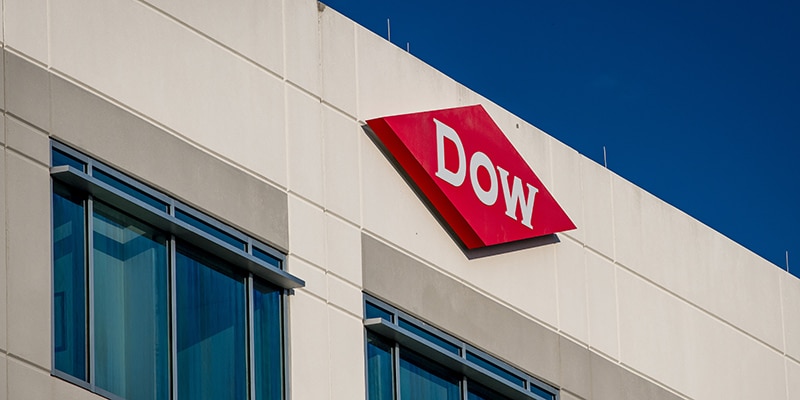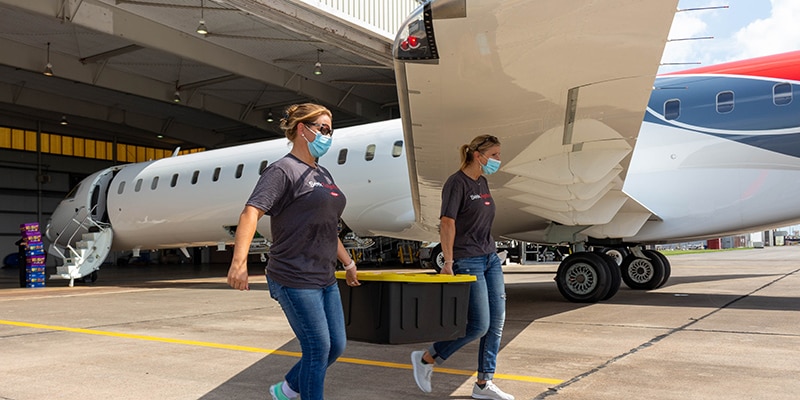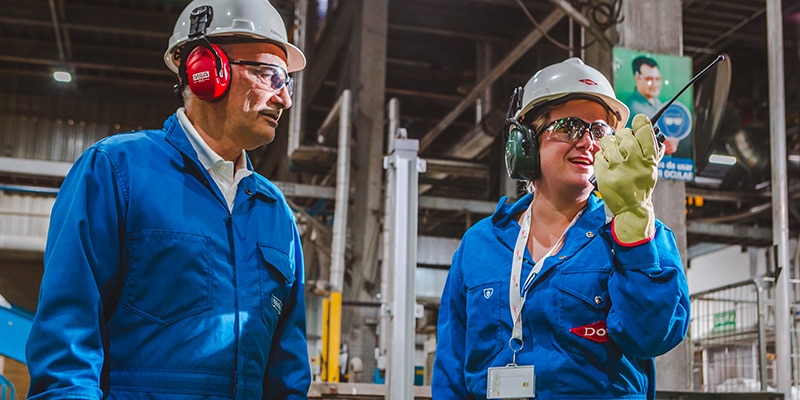
Hurricanes will not distract us from
what’s most important
Whether it’s before, during, or after the storm, we remain focused on our priority – the safety of our people and our neighbors.
Today is the final day of the 2020 Atlantic hurricane season, which runs from June 1 - November 30.
At times, this season seemed relentless, producing more hurricane-potential weather systems out of the Gulf of Mexico than we’ve seen in some time. The only thing seemingly more relentless was the commitment of our people in preparing our facilities and maintaining our safe operations despite the onslaught. I cannot be prouder of what they have accomplished.
To mark this day, I am sharing a glimpse into the discipline we adhere to at every stage of our approach to managing severe weather – particularly here on the U.S. Gulf Coast. Whether it’s before, during, or after the storm, we remain focused on our priority – the safety of our people and our neighbors.
Our commitment to our workforce and the
community
community
Before rough weather hits
Before hurricane season is ever upon us, we complete important steps to ensure our workforce, facilities and partnerships are ready for what nature may produce.
We provide training sessions to new employees prior to their first hurricane season. These preparedness sessions include evacuation routes, safe shut-down sequencing and detailed information on the various safety roles our employees assume during a severe weather event.
Site-wide hurricane and severe weather drills are conducted to verify individual facility- and site emergency plans are updated and ready.
We reach out to our local partners to arrange community preparedness meetings. These stakeholders may include law enforcement and local Office of Emergency Management officials, school district and hospital representatives, as well as municipal fire and EMS personnel. Each organization is invited to discuss their hurricane plans and how communications will run across organizations.
T-minus
By the time a storm begins to form in the Gulf, our workforce already knows the right things to do.
All plant personnel are required to review their hurricane plans and familiarize themselves with the role they are responsible for if the hurricane is projected to make landfall near the facility. These roles include shut-down personnel, hurricane duty crews and early returnees.
If deemed necessary, shut-down personnel begin the process of safely shutting-down and securing our facilities. A designated hurricane duty crew then relieves those individuals and completes all remaining shut-down and securement before remaining on-site to ride out the storm in a hurricane-proof shelter. We recognize the stress of this specific role on those individuals and their families, and we take great care in compensating them accordingly for their service.
We begin closely monitoring weather systems with the potential for hurricane force winds 50-100 hours before those winds could arrive onshore. This monitoring is based on a T-minus clock countdown system which communicates the current estimated time remaining before the arrival of hurricane force wind speeds (>73mph). The execution of facility shut-down plans and key decision points are determined by this clock.
Our emergency response communications network and partnerships activate to ensure information is shared across organizations in real-time.
The calm after the storm
The skies may have cleared but our severe weather response is not over.
We immediately begin the work of accounting for the safety of every employee. Internal systems are activated. Initial phones calls and texts are made. We need to know if that employee is safe and if their family is safe. We ask if they need any type of immediate relief or other support.
It was through this process following Hurricane Laura that we quickly learned Dow families in the Lake Charles, Louisiana area were in need of housing support. We sent in 23 RV trailers to ensure they had safe and comfortable places to live while their homes were recovered and rebuilt.
The hurricane duty crews that remained on-site during the storm begin completing the early stages of safety and damage assessments. As soon as it is safe to do so, those individuals are relieved by early returnees who continue that work. We take the same great care in planning and executing the safe start-up of our facilities.
And we don’t stop at assessing the needs of our employees and operations.
We reach out to our local partners to understand the immediate relief and recovery needs in our communities.
Following Laura, Dow sites and business centers across the U.S. sent 30 pallets of recovery supplies to the Dow Sabine River Operations manufacturing facility on the Texas/Louisiana border. These supplies were distributed to 700 non-Dow families in need of recovery support through community partners like United Way and the Salvation Army.
We take care of one another. This is what neighbors do.
Rich A. Wells
Vice President of Operations, Dow U.S. Gulf Coast





